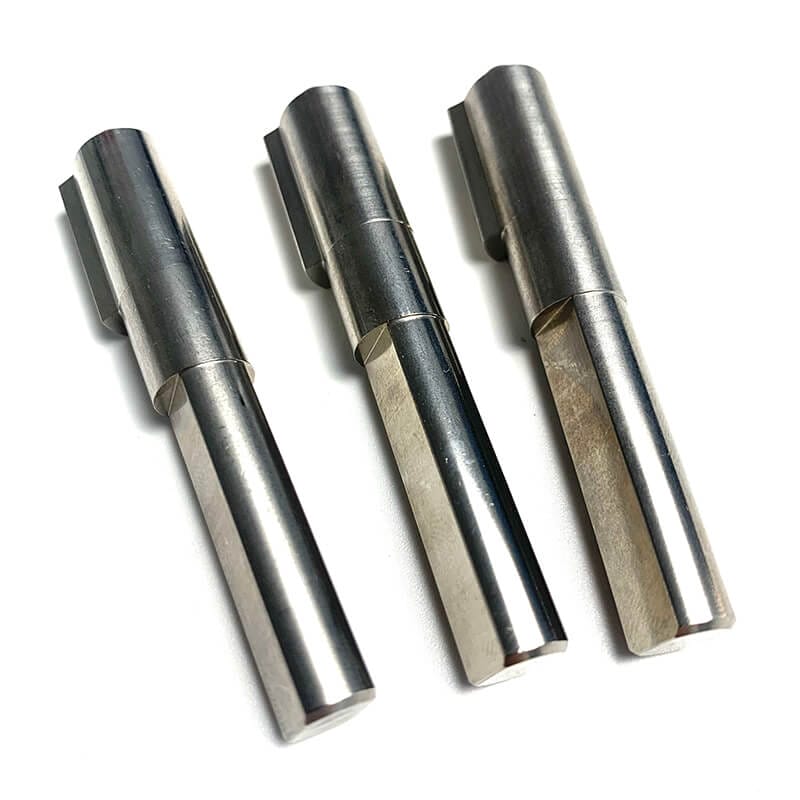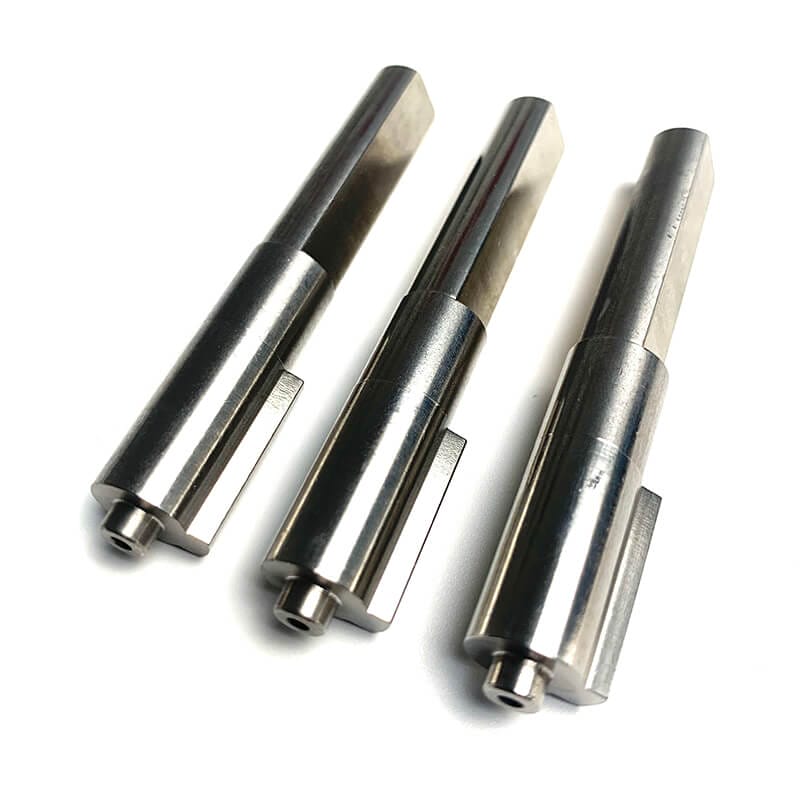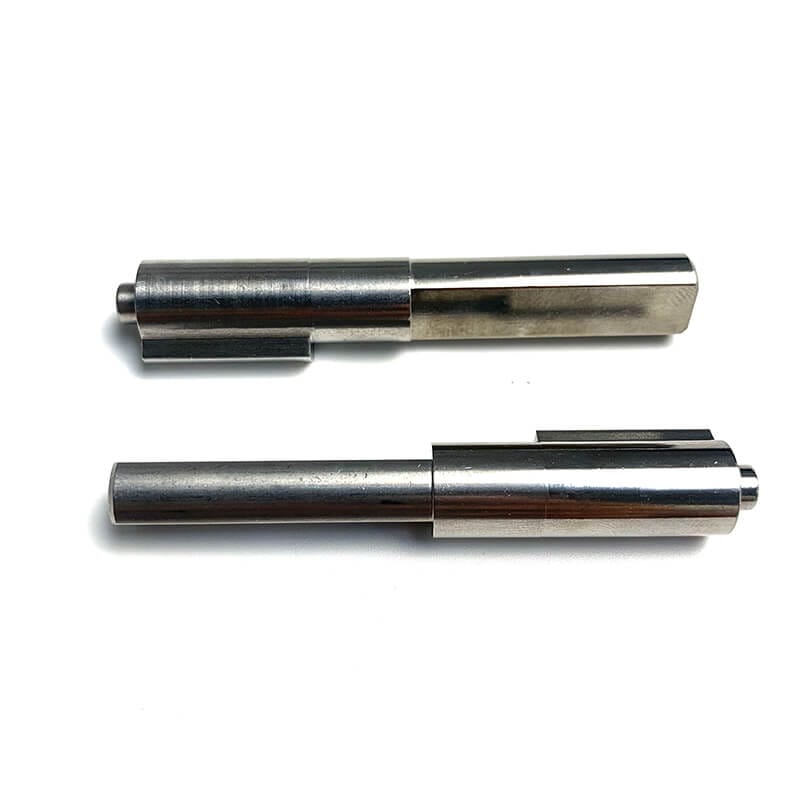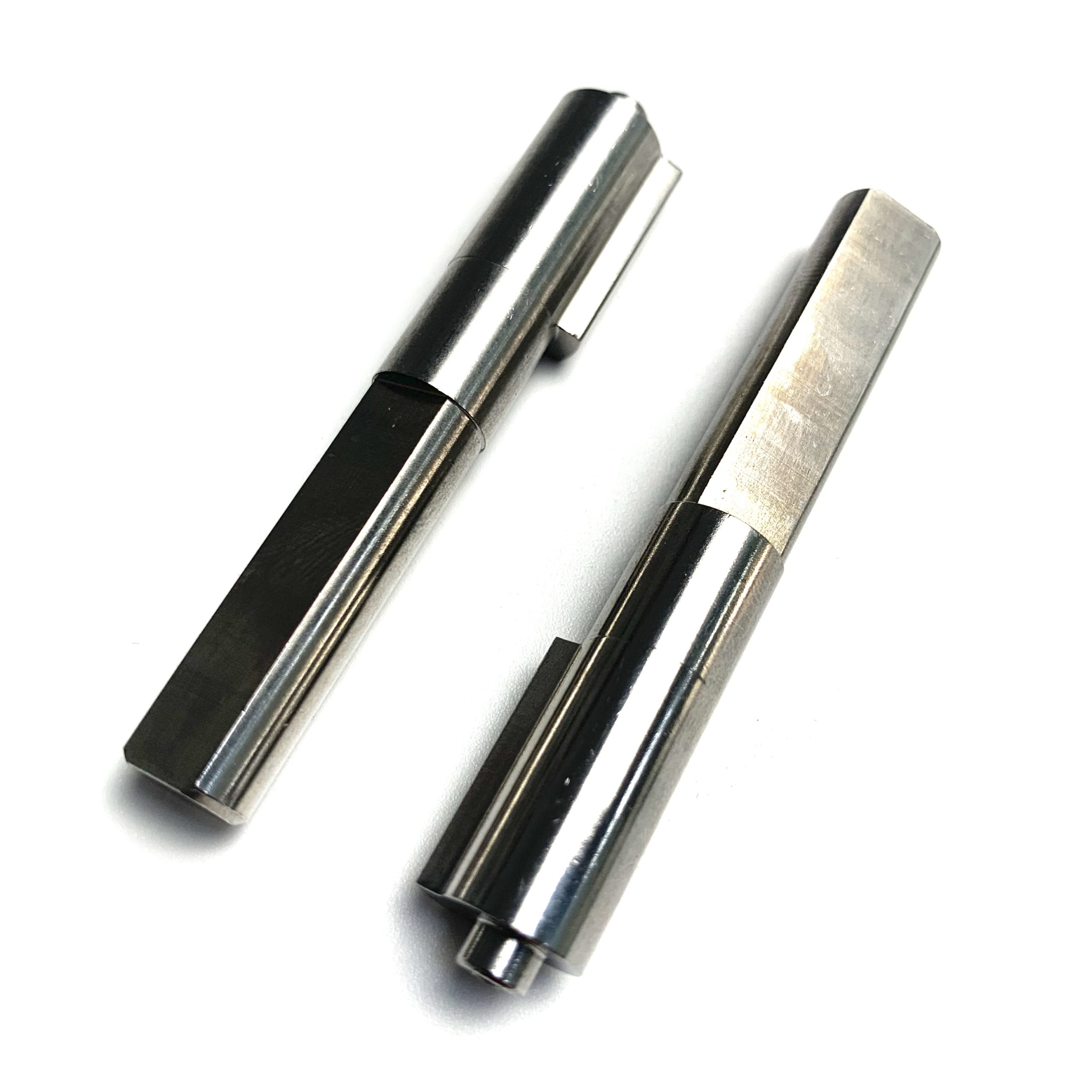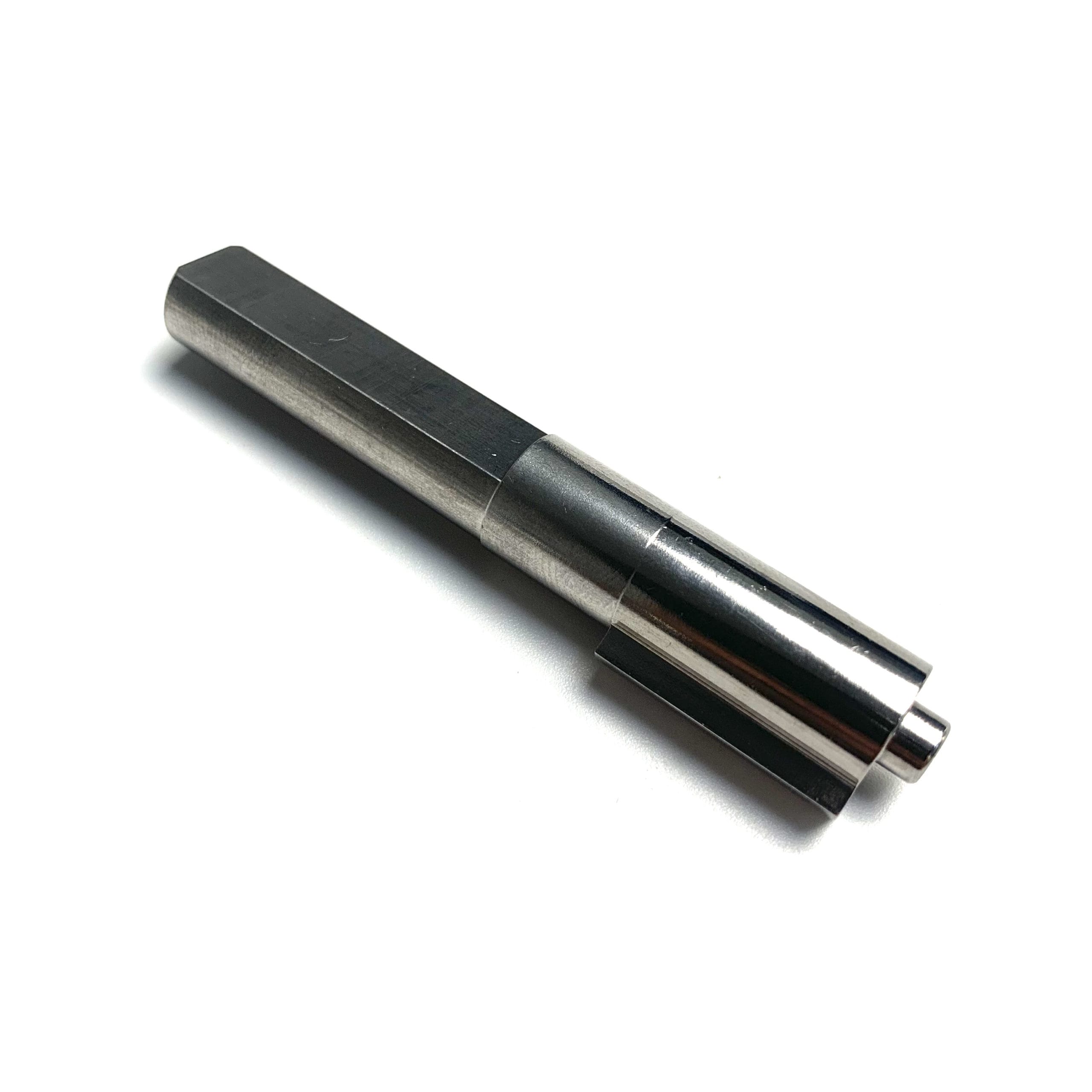Description
Shaft Classification
1.By load, the shafts can be divided into mandrel, transmission shaft and rotating shaft. The shafts which bear bending moments but do not transmit torques are called mandrels. Mandrels can further be divided into fixed mandrel which does not rotate during operation and rotating mandrel which rotates during operation. Mandrels are mainly used to support all kinds of mechanical parts. The shafts which transmit torques but do not bear bending moments are called transmission shafts which mainly transmit power by taking the torque effects. The shafts which not only transmit torques but also bear bending moments are called rotating shafts. The transmission of power for various transmission parts is achieved through the rotating shaft.
2.By structure and shape, the shafts can be divided into optical shaft, stepped shaft, solid shaft and hollow shaft. Because of complicated manufacturing processes, hollow shafts are often designed for the occasions with large diameters and weight reduction requirements.
3.By geometric axis shape, the shafts can be divided into straight shafts and crankshafts.
Common Shaft Materials
Shaft forgings are made of various materials. During design, requirements like strength, rigidity and abrasion resistance must be considered for the shaft material selection, as well as the thermal treatments used to meet these requirements and manufacturing process issues. Because a shaft is usually subjected to alternating stresses during operation, the most common shaft failure is the breakage due to alternating stress effects. Therefore, the shaft material must have a certain toughness and good fatigue resistance, which are basic shaft material requirements.
Common materials used for the shafts are quality carbon structural steel with a moderate content of carbon. Plain carbon structural steel can be used for low-load or unimportant shafts. For high-load shafts, shafts with restricted sizes and weights, and some shafts with special requirements, medium carbon alloy steel can be used. Alloy steel has high sensitivity to stress concentration, so the stress concentration source should be reduced as much as possible for the shaft made of alloy steel in terms of structure and shape, and a low surface roughness value is required.
Because of low toughness, cast iron should not be used as the shaft material as much as possible. For the complicatedly structured and unimportant shafts, nodular cast iron or high strength cast iron can also be selected as the shaft material. Although a material with a higher strength limit has a bigger elasticity modulus, different steels have just slightly different elasticity moduli, so it is not appropriate to select a material with a higher strength limit just for enhanced shaft rigidity. Shafts are normally manufactured by the cutting of rolled round steel or forgings. The shafts with small diameters can be made of rolled round steel, and important shafts or the shafts with big diameters are often made of forgings.
Shaft Machining Accuracy
1. Dimensional accuracy: The dimensional accuracy of shaft parts refers to the dimensional accuracy of shaft diameters and the dimensional accuracy of shaft lengths. According to the use requirements, the dimensional accuracy is grade IT6-IT9 for the main shaft neck diameters and grade IT5 for the precision shaft neck diameters. The shaft length is usually specified nominally. An allowance can be given correspondingly for the length of each step of the stepped shaft based on the use requirements.
2. Geometric accuracy: A shaft part is normally supported by two shaft necks on the bearing. These two shaft necks are called supporting shaft necks, also taken as the shaft assembly datum. Besides the dimensional accuracy, geometric accuracy (circularity and cylindricity) is normally required for the supporting shaft necks. For the shaft necks with general accuracy, the geometrical errors should be limited within the diameter allowance range. For a higher accuracy requirement, its permitted allowance value should be specified additionally on the part drawing.
3.Relative position accuracy: For a shaft part, the coaxiality between the mating shaft necks (for assembling a transmission part) and the supporting shaft necks is a common requirement of its relative position accuracy. Usually, the mating precision against the radial run-out of the supporting shaft necks is 0.01-0.03mm for a general precision shaft and 0.001-0.005mm for a high precision shaft.
In summary, Yijin Hardware has manufactured all of the shafts of different types described above in a perfect way and been highly appraised by its customers. In addition, we have powerful shaft machining capabilities, not limited to the ones described above. Trust us for our exceptional capabilities of custom CNC machine part manufacturing, and Yijin Hardware will show you that it is indeed a different and outstanding CNC machine parts company.
 Call Us Today! (+86) 188-2253-7569
Call Us Today! (+86) 188-2253-7569